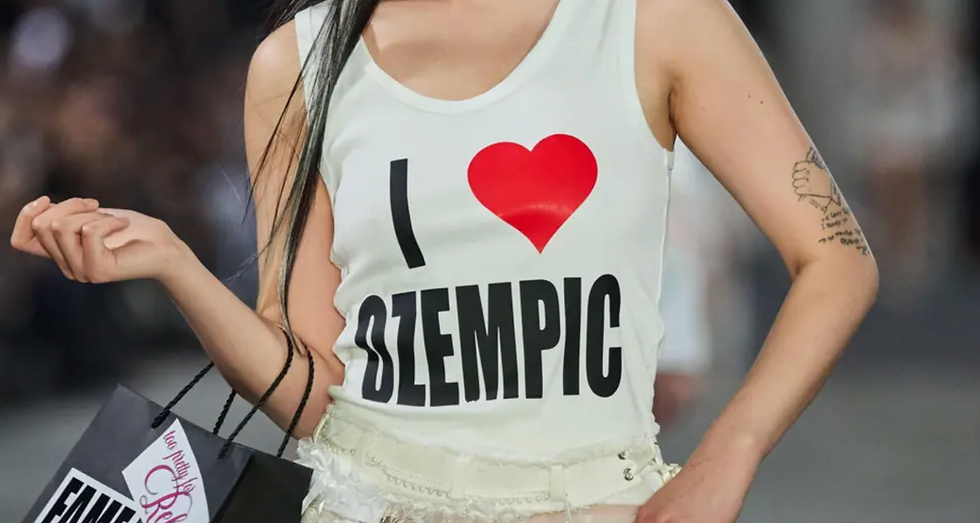The Face Magazine: Culture Shift Exhibition
- Sophie Lambert
- Mar 10
- 3 min read
On the 20th of February, The Face's ‘The Face Magazine: Culture Shift’ exhibition opened its doors to the public, celebrating its first 25 years. Held in the National Portrait Gallery in London, the exhibition consists of over 200 photos from the first issue of the magazine published in May 1980, to photos of the up-and-coming celebrities it featured in 2024.

Since its release, The Face Magazine has shaped contemporary culture, with former assistant editor Ekow Eshun claiming “The Face was probably the most influential magazine when it came to style and culture”. The magazine initially stood out for its non-mainstream existence and appeal to the nation’s youth. However, despite its niche domain, musicians and models featured within its pages became some of the most recognisable faces of their time.
Eshun went on to tell the BBC, “I think Britain as a society became more visually sophisticated, was able to enjoy music, style, fashion, movies - with more depth, with more insight - as a consequence of the thinking inside The Face." At the magazine, he recollects, one could analyse smaller fashion trends whilst considering them within larger contexts, like post-structuralist French philosophy, post-modernism, and speculative fiction, to name a few.

Nick Logan, the creator of The Face, was said to have identified a gap in the market for a magazine aimed at the youth, which covered topics not otherwise engaged with by other publications. He was a trailblazer of the 'style magazine' as a genre, focusing on the influence of stylists in magazine photography, whose influence justified the magazine's proclamation of being ‘the world’s best-dressed magazine’. The magazine was iconic for its exploration of image manipulation programmes to create bold and ‘hyperreal’ images, combining the glamour seen in other well-known magazines with a contemporary, edgier feel, one that was tailored to its younger audience.
Photographers for the magazine such as Norbert Schoerner and Inez & Vinoodh utilised computer programmes such as Quantel Paintbox and Photoshop to revolutionise fashion photography, alongside the transition from analogue to digital photography during the 1990s.

Co-curated by the National Portrait Gallery and former members of The Face, visitors of this exhibition are instantly transported back to 80s Britain with a nostalgic video establishing the tone of the political and cultural zeitgeist. The video features Blitz Kids, a speech from Margaret Thatcher, various nightclubs and signs reading ‘Victory to the Miners’, carried by protestors. The exhibition honours the magazines championing of both the 'small things' and 'large things', featuring pieces celebrating nightclub culture alongside pieces regarding the AIDS Crisis and Thatcher.

Music was also celebrated by The Face with a quote from photographer Janette Beckman featured on the wall of the exhibition: "The Face was not just a ‘fashion’ magazine or a ‘music’ magazine. It was about what was happening on the streets and the intersection with music and fashion. Now we all know that is where culture begins. The Face was the first magazine to feature this, and it captured that very special time in the UK."
The exhibition features over 200 photographs featuring some of the most iconic faces of our generation such as Kate Moss photographed by Corinne Day, Harry Styles by Collier Schorr, Charli xcx by Richard Kern, Alexander McQueen by Nick Knight, and countless more. Nick Logan is said to have used photography to separate his magazine from the weekly ‘inkies’, aiming to create "potent visual presence, social commentary and visual makeup".

The Face Magazine closed in 2004 with former art director of the magazine and consultant curator of the exhibition, Lee Swillingham, commenting “I think culture changed in the early 2000s; the magazine was competing with the internet and there was a very saturated print market at the same time,” noting “it is important to note it was revived in 2019 and they are doing a very good job.”
_PNG.png)




Comments